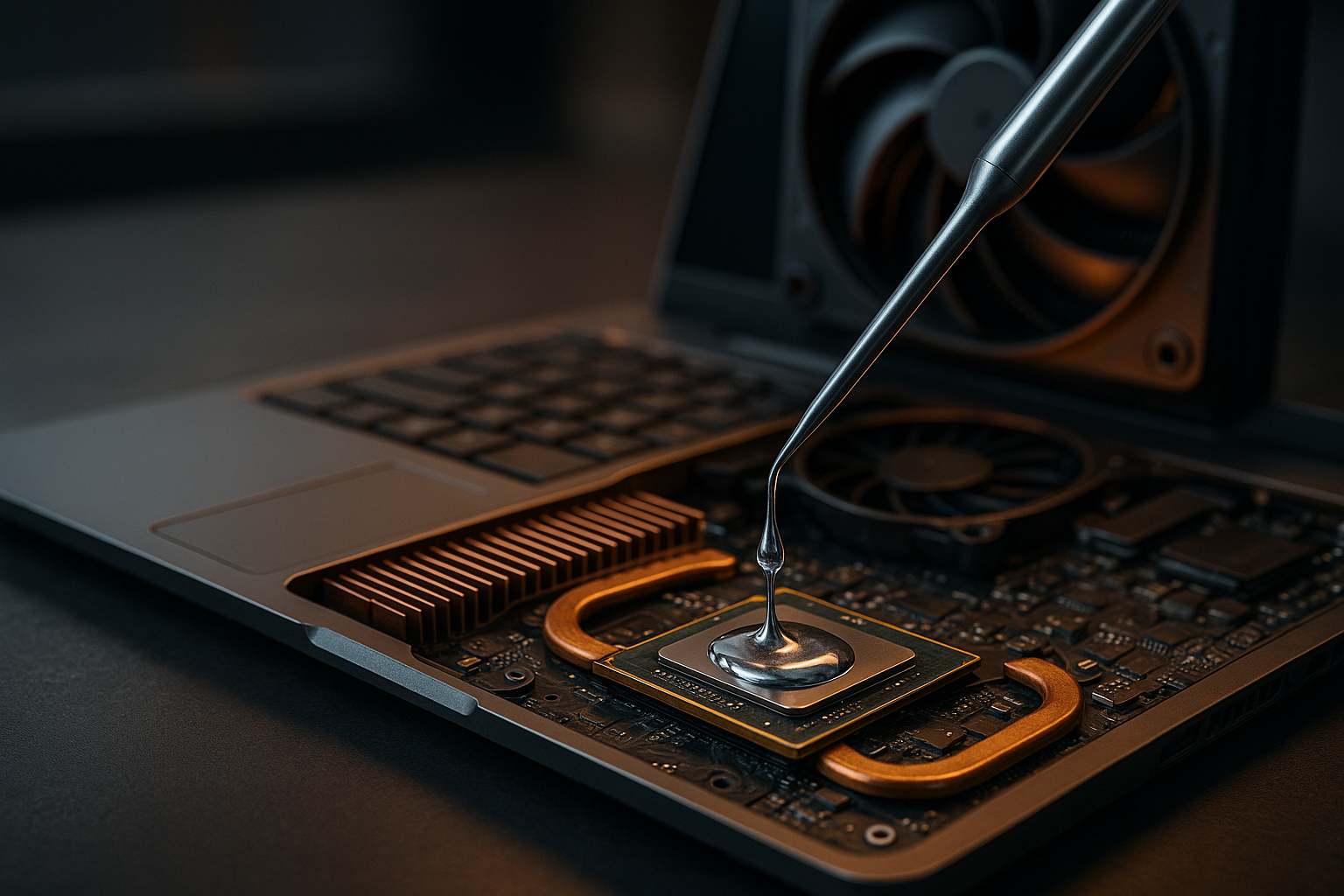Repair and maintenance tips for common hardware issues
Practical guidance for maintaining and repairing everyday devices including laptops, smartphones, and peripherals. This summary highlights routine checks, safe repair practices, and sustainability-minded refurbishing to help extend the usable life of electronics.

Routine maintenance and careful diagnostics can extend the life of many devices and reduce unexpected downtime. Whether you manage laptops for work, use smartphones daily, or maintain peripherals and IoT gear, understanding basic hardware symptoms and safe repair steps helps preserve performance and supports sustainability. This article outlines clear, practical tips for common hardware issues, from battery degradation and SSD health to cooling problems and motherboard troubleshooting.
Laptops: common signs and preventive care
Laptop maintenance begins with observing performance and physical signs. Regularly inspect vents and fans for dust accumulation, monitor battery charge cycles, and watch for unusual noises that may indicate fan or mechanical issues. Keep the operating system and firmware up to date to address driver-related connectivity or performance problems. For upgrades or repairs, consider adding an SSD to replace a slow hard drive for improved responsiveness, but follow static-safety precautions when opening the chassis. Simple steps like using a cooling pad, cleaning vents, and avoiding placing laptops on soft surfaces reduce thermal stress on motherboards and cooling assemblies.
Smartphones: battery, displays, and safe repairs
Smartphone issues often present as reduced battery life, unresponsive touchscreens, or cracked displays. Start with software troubleshooting—battery-draining apps and background processes can mimic hardware faults. For battery concerns, check charge cycles where available and avoid deep discharges; professional replacement is recommended when capacity drops significantly. For display or touchscreen repairs, assess whether digitizer or LCD components are affected; replacements require careful separation of adhesive and attention to delicate connectors. If you attempt DIY repairs, use correct tools, follow guided teardown resources for your model, and isolate the battery before replacing displays to prevent short circuits.
Peripherals and connectivity troubleshooting
Peripherals such as keyboards, mice, printers, and external drives often fail due to connectivity issues, driver mismatches, or physical wear. Begin by swapping cables and ports to isolate whether the issue is the device, the cable, or the host system. For wireless peripherals and IoT devices, verify Bluetooth or Wi‑Fi connectivity and check for firmware updates to resolve incompatibilities. Regularly clean connectors and replace frayed cables. For printers, perform alignment and head-clean routines; for external drives, use SMART tools to monitor health and back up critical data before attempting any repair or reformat.
SSDs, upgrades, and data integrity
Upgrading to an SSD can significantly improve device responsiveness but requires careful planning for data migration and compatibility. Before installing, back up data and check that the form factor and interface (SATA vs NVMe) match the laptop or desktop. Use manufacturer tools to check SSD health indicators like SMART attributes and available spare capacity. When repairs involve storage, preserve data integrity by cloning drives where possible and avoid drive-intensive operations when the SSD reports imminent failure. Proper firmware updates from the SSD provider can resolve performance regressions and improve longevity.
Motherboards, cooling, and component-level issues
Motherboard issues often show as failure to boot, intermittent shutoffs, or POST errors. Isolate problems by testing memory sticks, power supplies, and external peripherals. For thermal-related instability, inspect cooling systems: heatsinks, thermal paste, and fan operation. Reapplying thermal paste and ensuring unobstructed airflow can stabilize temperatures and protect processors and chipsets. When dealing with small components like capacitors or connectors, assess repair complexity—soldering and component-level refurbish work is best handled by experienced technicians unless you have appropriate tools and training.
Refurbish, sustainability, and lifecycle considerations
Refurbishing devices can reduce waste and extend usable lifespans, but it requires evaluating repairability and safety. Replaceable parts like batteries, displays, and storage offer the best value-for-effort when refurbishing. When disposing of irreparable hardware, follow local services for e‑waste recycling to recover materials responsibly. Maintain a log of repairs and upgrades to track component lifespans and make informed decisions about future purchases. Prioritizing sustainability through repair, selective upgrades, and responsible disposal helps reduce environmental impact while keeping devices functional longer.
Conclusion A structured approach to troubleshooting — observation, isolation, testing, and safe repair or upgrade — reduces risk and preserves device functionality. Regular cleaning, firmware updates, timely component replacements, and an emphasis on refurbish and sustainability practices will help maintain laptops, smartphones, peripherals, and other electronics over time without relying on speculative fixes or unnecessary replacements.





